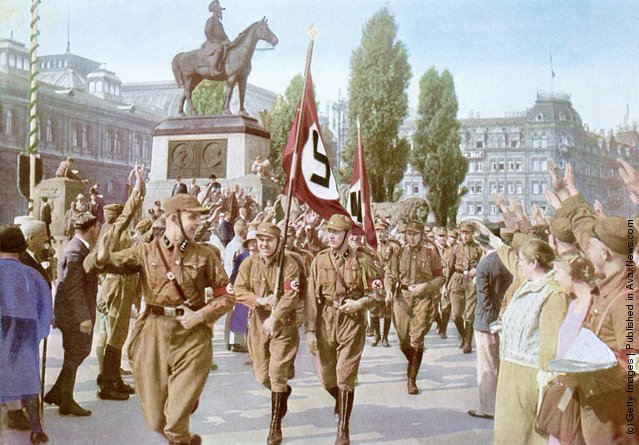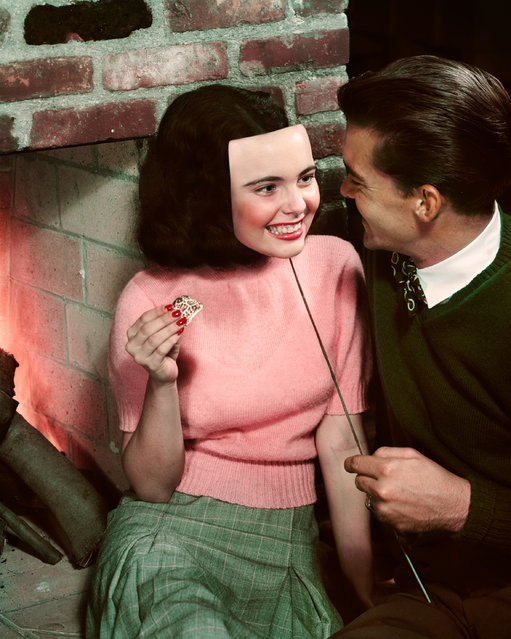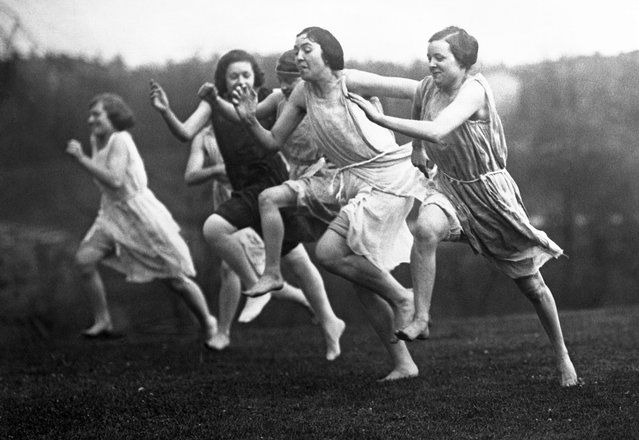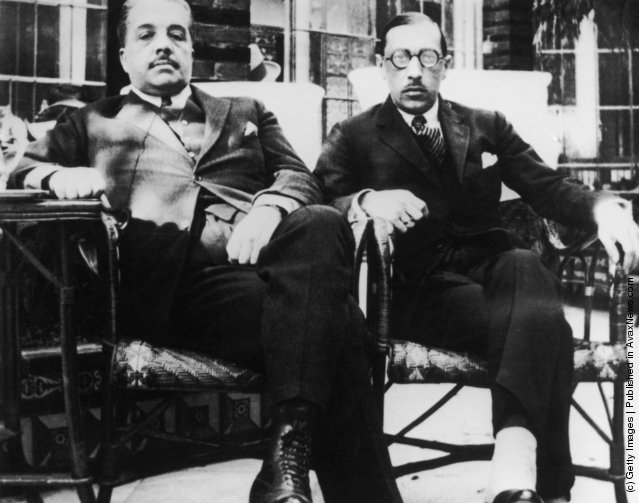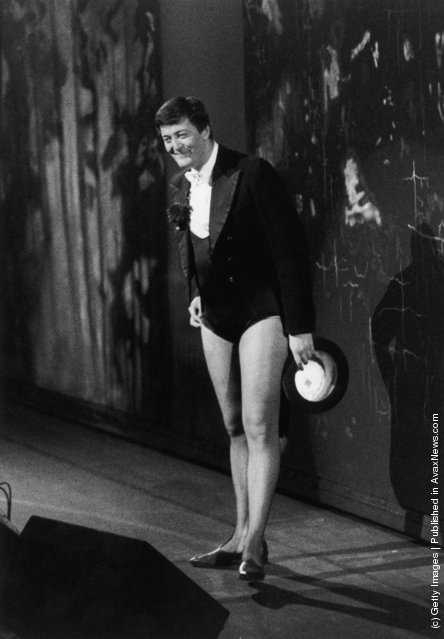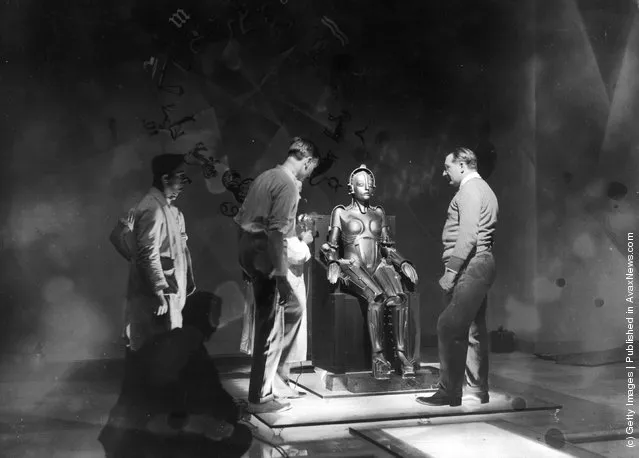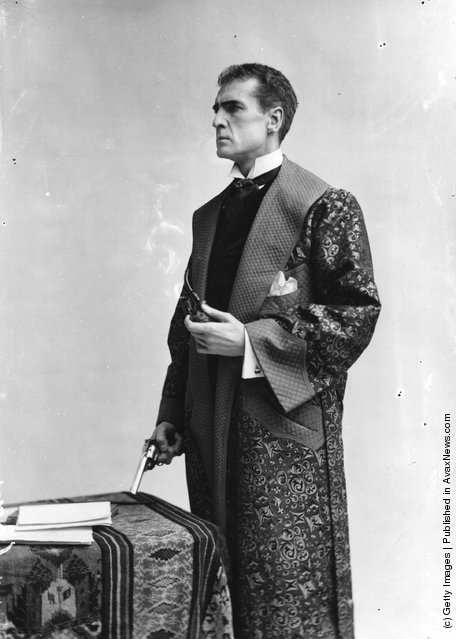
“The Guinness World Records has consistently listed Sherlock Holmes as the “most portrayed movie character” with 75 actors playing the part in over 211 films. Holmes' first screen appearance was in the Mutoscope film Sherlock Holmes Baffled in 1900, albeit in a barely-recognisable form”. – Wikipedia
Photo: William Gillette as the lead in a stage production of “Sherlock Holmes”, at the Lyceum Theatre. Playwright: William Gillette, Arthur Conan Doyle (Photo by Hulton Archive/Getty Images). 9th September 1901
Photo: William Gillette as the lead in a stage production of “Sherlock Holmes”, at the Lyceum Theatre. Playwright: William Gillette, Arthur Conan Doyle (Photo by Hulton Archive/Getty Images). 9th September 1901
20 Jun 2011 10:55:00,post received
0 comments

